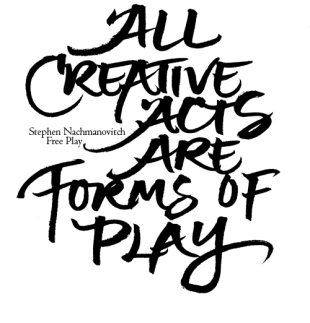 The 53 Million Artists researchers are currently writing a journal article that maps out how we might ‘re-habituate’ (i.e. make a regular habit of) art in everyday life. Using the data collected thus far, we are suggesting 53 Million Artists makes an intervention in this area through encouraging a reflexively-oriented everyday practice that has the potential to transform people’s lives.
The 53 Million Artists researchers are currently writing a journal article that maps out how we might ‘re-habituate’ (i.e. make a regular habit of) art in everyday life. Using the data collected thus far, we are suggesting 53 Million Artists makes an intervention in this area through encouraging a reflexively-oriented everyday practice that has the potential to transform people’s lives.
We are using the framework of ‘habituation’ by Steve Fleetwood (2008) to explain how this social change will occur. According to Fleetwood, habituation involves the following three main processes:
- Repetition, regularity, routinization and continuity.
- Reinforcement, or incentive and disincentive.
- Intimacy, familiarity or close proximity.
53 Million Artists seeks to re-habituate art and everyday life by substituting one set of values and beliefs (limiting and constraining views of what art is and who can be an artist) with another (open, mindful and permission-giving beliefs).
Fleetwood argues that institutions (as opposed to social structures) can directly affect agents’ intentions and actions; they can cause ‘reconstitute downward causation’. This means they create and mould new habits. Hodgson (2002: 170) further explains what is meant here:
What have to be examined are the social and psychological mechanisms leading to such changes of preference, disposition, or mentality. What does happen, is the framing, shifting and constraining capacities of social institutions give rise to new perceptions and dispositions within individuals. Upon new habits of thought and behaviour, new preferences and intentions emerge.
As such, 53 Million Artists aims to give rise to new perceptions and dispositions in individuals regarding art and creativity, which will be achieved by doing (“just do it” interventions in workshops; creative challenges; sharing online etc) as well as generating important discussions on a local and national level about art and artists in this country. It is hoped this will then result in different preferences and intentions, and ultimately a habit of doing art in everyday life.

